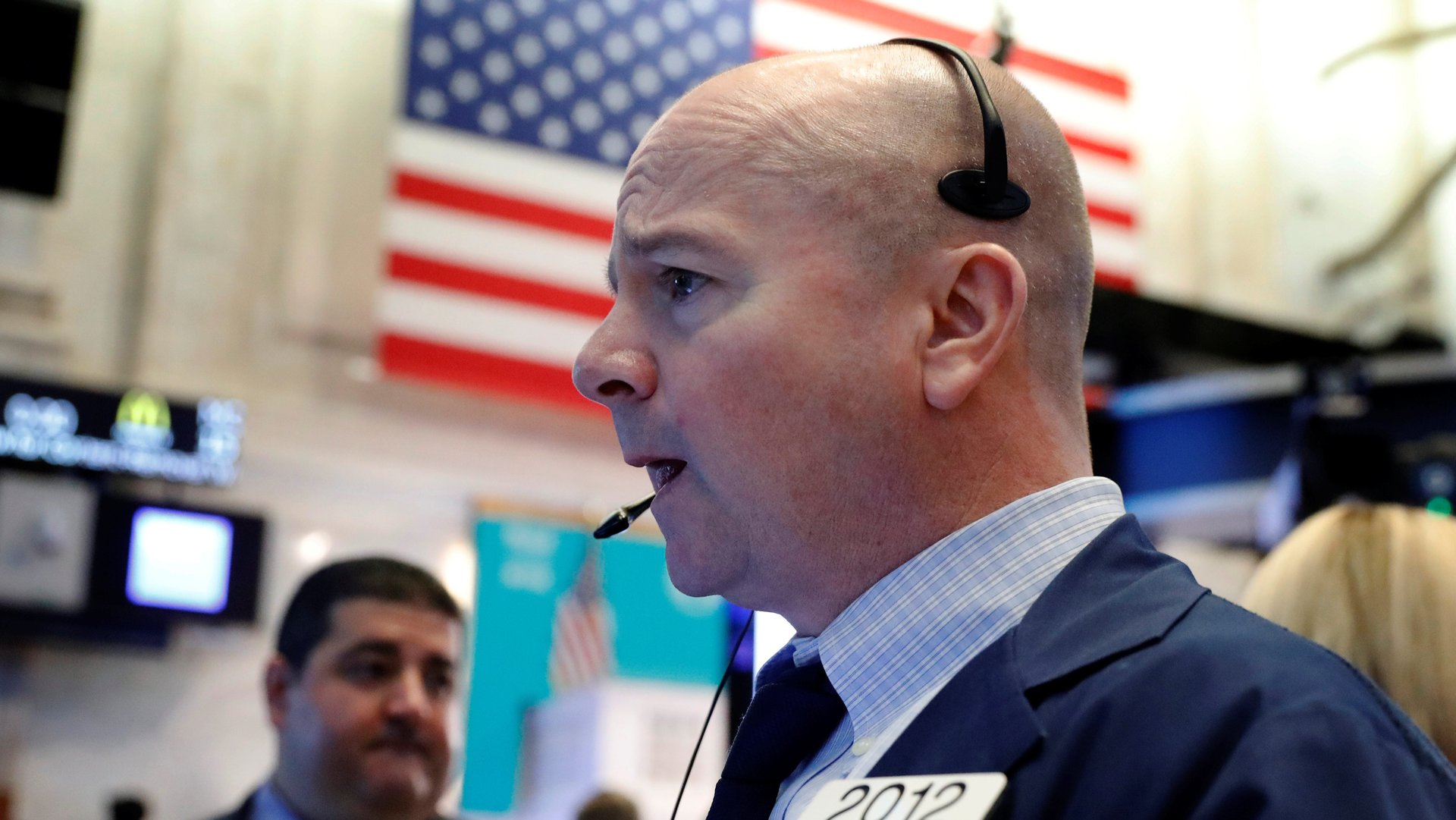Trump’s surprise tariffs horrified markets, Republicans, and America’s closest ally
Donald Trump has been obsessed with “fixing” US trade since he took to the campaign trail. Today, he unexpectedly announced that he’d use a blunt instrument to protect US steel and aluminum manufacturers—massive tariffs, on imports from all countries, for an indefinite period of time.


Donald Trump has been obsessed with “fixing” US trade since he took to the campaign trail. Today, he unexpectedly announced that he’d use a blunt instrument to protect US steel and aluminum manufacturers—massive tariffs, on imports from all countries, for an indefinite period of time.
While Trump has often targeted China in his talk about unfair trade deals, the tariffs do the most economic damage to the US’s closest ally, Canada.
The US will be rolling out 25% import tariffs on steel and 10% on aluminum as soon as next week, Trump told industry CEOs and reporters gathered at the White House. “We’ll be imposing tariffs on steel imports, and tariffs on aluminum imports. And you’re going to see a lot of good things happen,” he said.
The tariffs will last for an “unlimited” period, he said in response to questions. “Twenty-five percent for steel. It will be 10 percent for aluminum,” Trump said.
The Dow Jones Industrial Average initially dropped over 500 points (more than 2%) on the news before closing down 420 points.
Canadian officials immediately reacted with alarm. Any US tariffs or quotas on steel or aluminum would be “unacceptable,” international trade minister Francois P-Champagne told reporters. “Should restrictions be imposed on Canadian steel and aluminum products, Canada will take responsive measures to defend its trade interests and workers,” Canadian foreign minster Chrystia Freeland said.
Canada is by far the largest supplier of both steel and aluminum in the US.
Here are the top 10 countries which accounted for 81% of the US’s total 24.3 million metric tons of steel imports in 2016, according to US Department of Commerce data:
The impact on Canada is even starker in the aluminum market, with Canada accounting for 43% of United States imports in 2016 (pg. 63).
Some Republican party members also reacted with alarm, warning of potential damage to the auto industry and higher prices for consumers:
Justin Amash, the Michigan representative, called them “corporate welfare,” while other Republican members of Congress vowed to try to get the White House to change its mind.
US Commerce secretary Wilbur Ross suggested on Feb. 16 that the US impose tariffs of “at least 24%” on all steel imports and “at least 7.7%” on all aluminum imports from all countries, because the US’s reliance on imports was a threat to national security. But that was just one of three reccomendations in both markets, and it was widely expected that that White House would collect input from a variety of industry leaders and economic advisors before announcing any such tariffs.
Putting tariffs on on steel and aluminum could set off a trade war. When George W. Bush tried similar drastic measures, the tariffs destroyed auto industry jobs and were ultimately lifted when the World Trade Organization declared them illegal. The US steel industry is also heavily dependent on Canada, which buys half of all US steel exports (pdf, pg. 3).
The announcement was part of chaotic morning at the White House. Reporters were whisked into a “listening session” that they thought would be about gun safety to hear his remarks. It came at exactly the same time that the White House was live-broadcasting a summit on the opioid crisis.